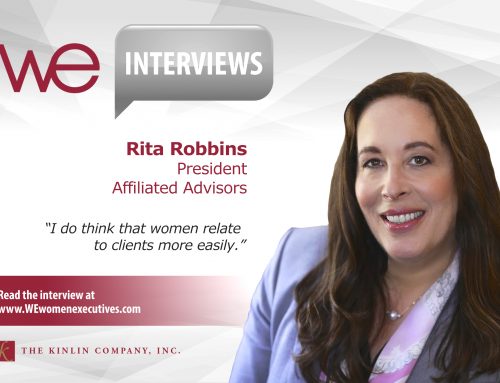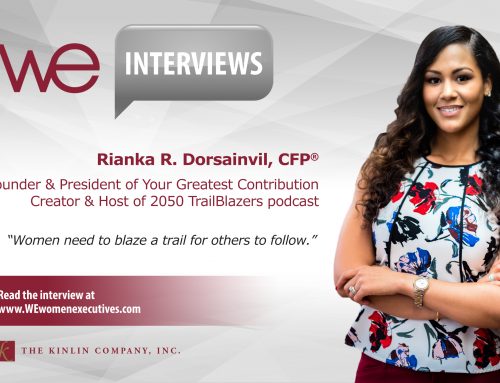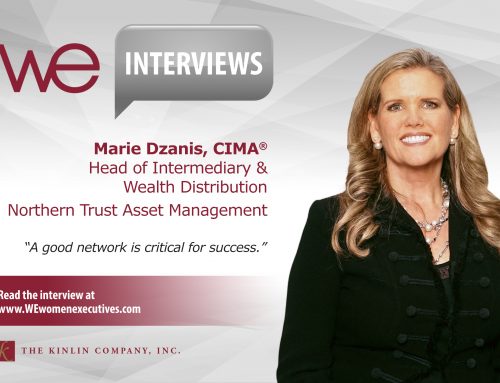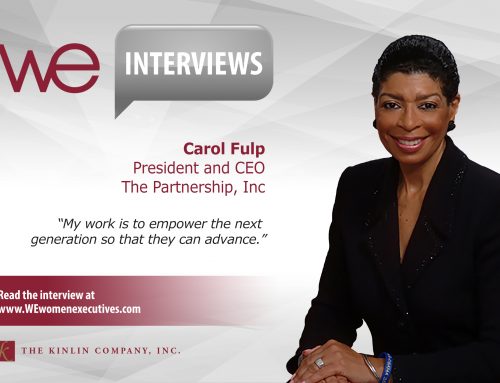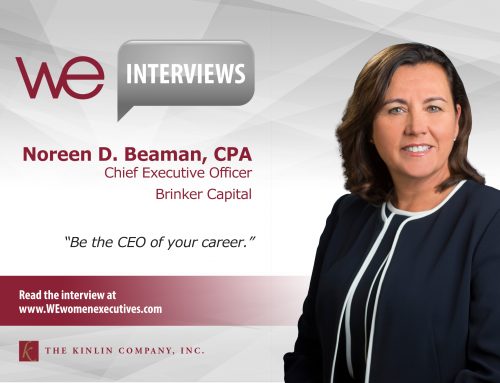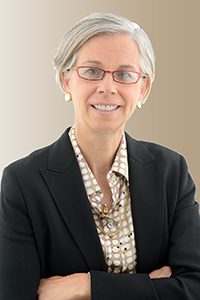 Deborah F. Kuenstner
Deborah F. Kuenstner
Chief Investment Officer
Wellesley College
As the Chief Investment Officer of Wellesley College, Debby Kuenstner oversees an endowment of $1.6 billion and an investment office with a staff of seven. She is also an active member of Wellesley’s senior financial team, offering advice on long-term capital issues. We sat down recently to talk about the rewards and challenges of such a diverse and demanding position.
An Endowment’s Allure
Kuenstner’s career path has been rich and varied. Earlier in her career, she worked in such private sector positions as Managing Director of Research for Fidelity Management & Research Company and then as Chief Investment Officer, Global Value, at Putnam Investments. In more recent years, she has been employed in the public sector, first as Chief Investment Officer at Brandeis University and now as Wellesley’s Chief Investment Officer. What, I asked, was the appeal of running an endowment?
“Three things,” Kuenstner responds. “First, from an investment point of view, long-term endowment investing is a lot more strategic and, in many ways, more interesting than running a big equity portfolio where there’s a tendency to look at your performance every day. The investment horizon of an endowment is long–what matters is, ‘What’s the five year number?’ ‘What’s the ten year number?’ ‘What’s that number relative to what the college needs–which is what it spends–and what it loses in purchasing power erosion to inflation.’
“The hurdle’s high,” Kuenstner continues. “You have to earn around eight percent a year over a long period of time. That’s a big number to earn in this kind of interest rate environment. It’s a very interesting investment challenge–it’s across asset classes and across managers with a multitude of strategies. We are favored limited partners, so we have access to some of the best managers in the world. You don’t have that as an institutional investor elsewhere.”
The second thing, Kuenstner observes, is that it’s wonderful to have a single client. There’s never a conflict between what’s right for the portfolio and what’s right for Wellesley College. “I never have to argue with somebody that a product line needs to be closed because we’re at investment capacity. There aren’t distractions such as ‘The marketing guys want this portfolio out on the road again,’ or ‘When is this person ever going to think about investing?’ Those kinds of conflicts don’t really exist for us.”
The third reason, Kuenstner notes, is the reward of giving back. “This is my alma mater. I love Wellesley College, and so it’s a great thing to be able to give back.”
A Dearth of Women
Clearly, Kuenstner has experienced great success in her profession, but for many women interested in finance, the path has proven to be much more challenging. I asked her if she had any thoughts on why the numbers remain so low statistically for women getting into the field and what, if any, ideas she had about what could be done about it.
“If I step back and look at investment management over the course of my career, in the early days the equity folks were the people from the investment side as well as from the distribution side. They were the ones who went on to lead organizations. Then we had this long running bull market on fixed income, and everybody suddenly decided that the fixed income guys were a lot smarter—it was a much more male-dominated part of the investment world. Now, if you don’t think about it in terms of gender, but rather in terms of asset class, you will find that there are a lot more people with fixed income backgrounds in leadership roles than there used to be. I think that’s been one thing that has worked against women. On the other hand, if you look at endowments and foundations that have investment offices, you will find that women are probably 50 percent of the leadership. It’s really much more gender balanced.”
I asked Kuenstner if she had any theories as to why this difference might exist. She told me that she and other women CIOs suspect that the rewards of running an endowment are a well-kept secret, and if men had any idea how good these jobs are, they’d pursue them more aggressively. “I don’t really have a good explanation for it, but if you think about it from an institutional point of view, endowments and foundations are considered to be really smart investors, and for some reason, these really smart investors pick women about as often as they pick men. So what are these smart investors doing that mutual fund companies and institutional investment firms can’t figure out? I don’t know.”
The Importance of Advisors—and Hard Work
Although Kuenstner now operates in a financial space that is more open to women, this was not always the case. When she was at Putnam, for instance, she was one of a handful of women at the senior level. How, I inquired, did she find her way to success in what was predominantly a male-dominated field?
“First off, let’s not discount luck,” Kuenstner observes. “Right place, right time, that’s certainly a factor. I would also say that early on, when I was promoted to be Chief Investment Officer on the Value side at Putnam, the first thing the marketing people wanted me to do was reposition a small fund out of Value into the Core space–keep it in the Value group but make it much more Core-like. I was taking over a group that had $65 billion in assets and a lot bigger problems than this one little mutual fund. The marketing guys came to see me in the first week, made their pitch, and tried to bully me into action. They left and I sat back and said, ‘Okay, this is not the right thing for the shareholders. It’s probably not the right thing for Putnam. I’m not really in a good position to make a big stinky fuss about this. It’s not a good use of my team’s time or my time to do it right now.’ So I assessed who on the investment side and within senior management would be sympathetic and advise me well.”
Kuenstner settled upon, Senior Managing Director Jack Morgan, whom she characterizes not as a mentor per se, but rather an advisor. “A mentor sounds more active, and in fact, he was more passive in that regard. Jack was someone whom I could trust. I never said to him, ‘What about my next move? How do I deal with this?’” she explains, “but he was somebody that I could go to with a problem and say, ‘Here’s the issue.’ He totally understood the players as well as the ins and the outs of the situation.”
I asked Kuenstner why she believed that she was able to get ahead in an environment when other women could not. “My investments performed well, and I had strong investment expertise. So when the head of the investment division asked for my thoughts, I was able to make recommendations that would improve performance relatively quickly.’”
Take Risks and Know Yourself
As a woman in finance who has realized great success in both the private and public sectors, I asked Kuenstner what advice she had found most helpful in the course of her career, and what counsel she might offer to young women entering the profession. “I had a mentor at DuPont who encouraged me to think about my career in terms of risk–What are the risks of staying where I am and doing what I’m doing? What are the risks of trying something different?”
Kuenstner has drawn on this wisdom at various points in her career, including when she reached a critical juncture in her tenure at Putnam and had to decide whether to remain with the company or move on. In this instance, Kuenstner decided to walk away from her job before she had secured another position. “I said to myself, ‘You know what? I can hold on with one hand and feel around with the other to find something else, or I can just let go with both hands and take the plunge and look around.’”
The other factor that informed Kuenstner’s decision at that point, she reveals, was the desire to set a good example for her daughter. “It was clear to me that my children were going to work at many places over the course of their careers,” she recalls. “My daughter was 15, and I was acutely aware of not wanting to set an example for her in which I spent the majority of my waking hours doing something that didn’t make me happy.”
Instead, Kuenstner advises young professionals “Make sure that you work for a high-quality organization. If you do, you can help people and institutions realize their dreams, whether the dream is to send their child to college, retire comfortably, or provide for their pension beneficiaries. Look at what you’re doing and say, ‘Am I helping people to improve their lives?’”
For entry level positions, Kuenstner continues, don’t compare jobs based on how much you’re going to be paid. Instead she says, “As long as both jobs are going to pay you enough to service your loans and keep a roof over your head, go to the place where you’re going to learn the most about the business, but also learn about yourself. You have to spend your whole career reflecting on the question, ‘What am I going to find satisfying?’ I don’t think it’s all about self-actualization, but I think the people who are doing work that they find deeply satisfying do better work. The only way you can do that is to know yourself.”

